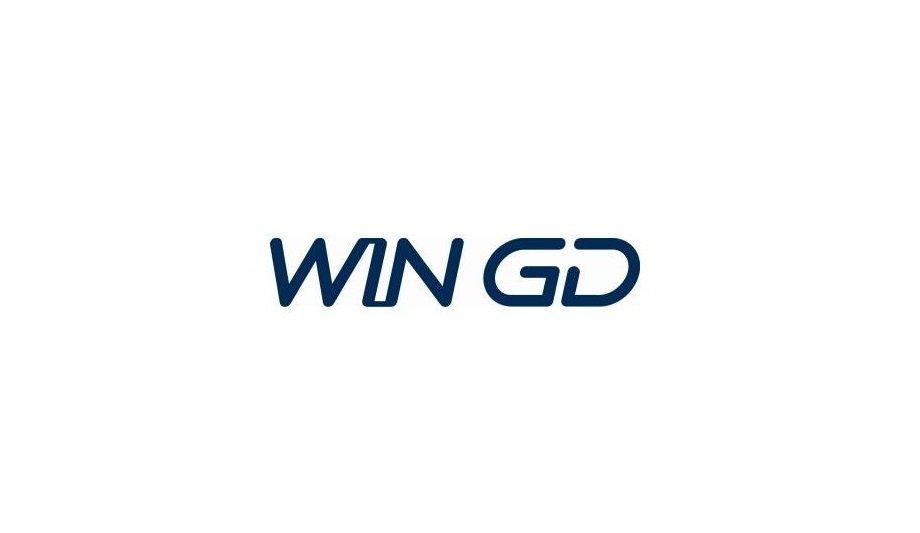Swiss marine power company WinGD is expecting to secure the majority of dual-fuel engine orders for LNG carriers being built in the second phase of QatarEnergy’s new building project.
With initial engine and technical specifications confirmed for nearly half of the orders in the second round, WinGD’s X‑DF2.0 engines are already the preferred choice to be installed on most vessels.
X‑DF technologies
Initial decisions on the remaining vessels will be made shortly by QatarEnergy, which will operate the gas carriers under long-term charters.
The early support for WinGD’s latest X‑DF technologies follows strong orders in the initial phase of newbuilding 2023 when shipowners chartering to QatarEnergy ordered 25 vessels powered by low-pressure, dual-fuel two-stroke engines. Based on initial decisions, that number will be exceeded in the second phase.
Efficiency technologies
QatarEnergy, shipyards, and owners were clear in their endorsement of X‑DF in the last round of the project"
WinGD Director Sales, Volkmar Galke said, “QatarEnergy, shipyards and owners were clear in their endorsement of X‑DF in the last round of the project."
"We are confident that our latest efficiency technologies allow us to build on that success in the current round. Alongside our well-established engine platform, these technologies have provided a further point of difference for WinGD’s offering, increasing the lead over other engine concepts.”
Variable Compression Ratio (VCR) technology
Among the new improvements to X‑DF, in June 2023 WinGD introduced Variable Compression Ratio (VCR) technology, a simple hydraulic solution that optimises engine compression ratio, hence efficiency and emissions dependent on the fuel used and engine load.
When added to X‑DF engines, VCR provides fuel and emissions savings in both gas and diesel modes, supporting operators’ ability to select the most economically attractive fuel.
iCER technology
On-engine iCER technology, a compact combustion control solution delivering emissions and fuel efficiency improvements, was adopted by several LNG carriers in the first round, just months after the technology was introduced.
In 2024, the on-engine configuration has been available from the start of the ordering phase and has already been selected for some vessels.
X‑DF engines
WinGD also has a successful track record in adding value to its X‑DF platform
WinGD’s X‑DF engine is the longest-established low-pressure dual-fuel two-stroke engine, with more than six million running hours accumulated since the first engines were introduced in 2016.
Of the 700 X‑DF engines delivered and on order, nearly 500 power LNG carriers. WinGD also has a successful track record in adding value to its X‑DF platform, with those numbers including nearly 240 X‑DF2.0 engines on order and around 20 in service.
System-wide energy consumption
Recent internal evaluations by WinGD highlight the system-wide energy consumption and emissions benefits of deploying X‑DF technology.
On a 174,000m3 LNG carrier on a typical operating profile, a configuration including two 5X72DF‑2.2 engines with VCR outperformed other low-pressure and high-pressure engine arrangements in terms of LNG consumption, air pollution, greenhouse gas emissions, electrical power demand for auxiliary machinery and fuel costs.












